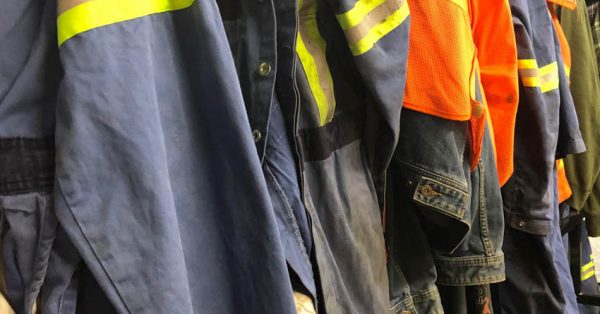OHS Canada Feature | The use of augmented reality in health and safety training
Jean Fong2024-02-21T09:34:49-08:00
“The future of safety training is changing fast, and leaders will need to keep up, especially if they want to connect with a younger workforce on a deeper level. Gamification, virtual reality, augmented reality, the metaverse, and artificial intelligence are fuelling a training revolution.”
Propelled by innovative technologies that promise to enhance efficiency and knowledge transfer, workplace health and safety training is undergoing a transformation.
Manufacturers are looking to immersive technologies such as virtual reality (VR) and augmented reality (AR) tools to equip their teams with consistent and effective health and safety training.
Hands-on safety training significantly improves understanding and retention of training information. In the past, this was only achievable through costly on-site training.
Today, AR and VR training immerses workers in simulations of real-world situations where they can practice and apply the most complex safety procedures from anywhere. This results in efficiencies and cost reductions for some employers—with stunning improvements in results compared to traditional methods.
Immersive training can also engage learners through gamification elements such as points, rewards, and competition. For leaders, this new technology creates opportunities to make training more enjoyable and interactive. Engaged employees support a strong and healthy safety culture. And workers are more likely to stay focused, complete training modules, and retain crucial safety knowledge through short, directed, and hands-on virtual learning.
Since October 2023, two independent systemic literature reviews have been published through Safety Science on the use of immersive technologies for occupational health and safety training and education. These reviews concluded that indicators strongly suggest immersive solutions are more effective than traditional training methods.
Anecdotally, workers young and old at Husky Technologies, an Ontario-based global injection molding packaging systems manufacturer, have come to perceive the use of immersive technologies as the future of training. Trainees shared that their immersive learning platform has added value to their learning experience of how to work safely on client sites. And for the company, it provides a streamlined and convenient way to ensure that all their technicians receive the same standardized training.
As businesses adopt immersive technology, there are broader implications for workplace culture and risk management as well. Business leaders are beginning to recognize that investments in advanced training technology can take them beyond regulatory compliance in a strategic move toward creating a safer, healthier, and more productive work environment.
As leaders consider the benefits of a shift from a compliance-driven approach to training to a proactive, data-driven, and employee-centric model, they are seeing long-term benefits to their training technology investment. Sustainable gains in efficiency and performance support the collective skills and competency of learners and underscore the value of their people.
Written by: Lisa McGuire
Originally published in OHS Canada’s Digital Edition, Winter 2024.



